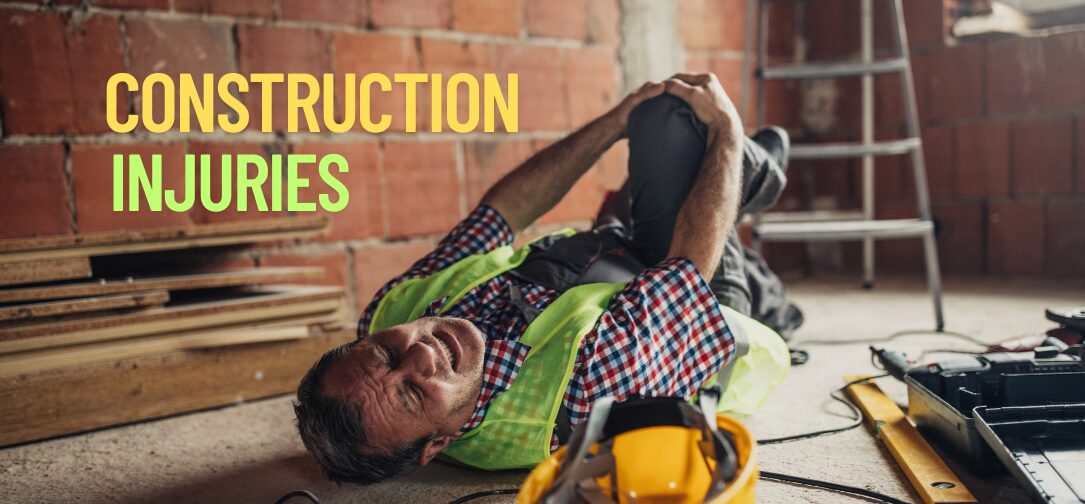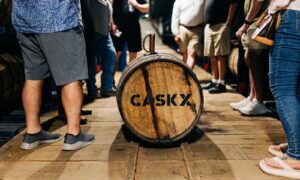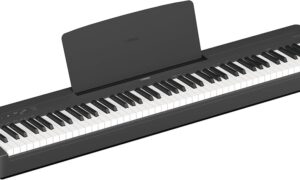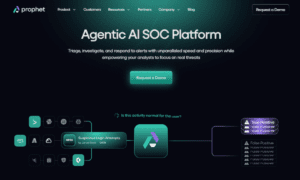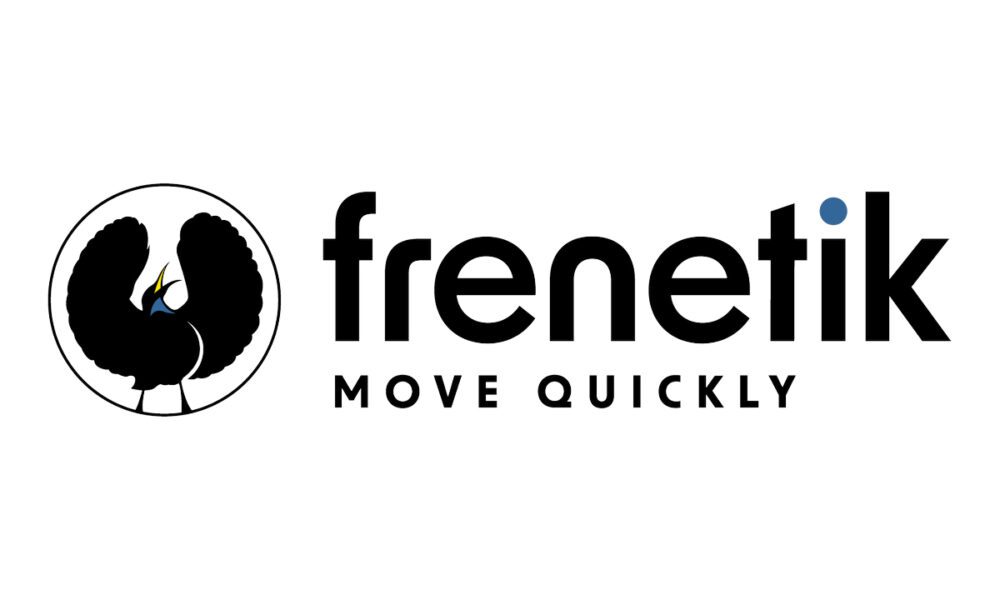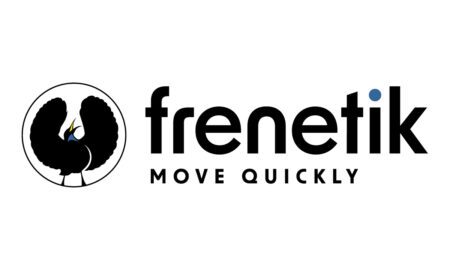Why Construction Safety Needs a Data Upgrade Now
Every workday, an average of three construction workers in the United States don’t make it home. In 2023 the industry logged roughly 1,075 on-site fatalities—about 20 percent of all workplace deaths nationwide, even though construction employs only 7 percent of the workforce. The human cost is devastating, but the financial drag is enormous too: non-fatal injuries and illnesses siphon off about $11.5 billion a year in direct workers-comp payouts, medical bills, lost productivity, and project delays.
Those numbers persist despite decades of hard-hat rules, toolbox talks, and PPE mandates. The sticking point isn’t a lack of safety protocols—it’s the industry’s reliance on reactive measures: documenting an incident after it happens, then hoping a new poster on the job-site wall will stop the next one. And when those measures fall short, injured workers often turn to seasoned Construction Accident Lawyers to untangle liability and secure compensation.
That paradigm is finally shifting thanks to predictive analytics—algorithms that crunch millions of data points from wearables, IoT sensors, equipment telematics, and weather feeds to flag hazards before a worker steps into harm’s way. Think of it as moving from “fill out this OSHA form” to “your fall-risk score just spiked; tether in or take five.” Early adopters are already seeing fewer injuries, smoother schedules, and healthier bottom lines—proof that data can be a true safety net, not just another dashboard widget.
Predictive Analytics 101
Predictive analytics is simply using historical and real-time data plus statistical or machine-learning models to estimate the probability of future events—in other words, turning “what happened” into a best-guess of “what will happen.”
The concept isn’t new, but recent sensor tech and cheap cloud computing have pushed it from theory to profit center:
- Aviation. Delta Air Lines’ aircraft-sensor program now predicts component failures weeks out, slashing maintenance-related flight cancellations by 95 percent and saving more than $100 million annually.
- Manufacturing. Wearable-data pilots at United Farmers of Alberta cut ergonomic injuries by 86 percent within a year, while similar rollouts at pool-builder Latham Pools drove a 91 percent drop in sprains and strains.
The workflow is straightforward:
- Capture data from wearables, IoT sensors, and historical incident logs.
- Train models that spot patterns linked to high-risk conditions.
- Surface alerts—dashboards, texts, flashing helmet lights—so crews and supervisors can intervene before an incident happens.
That same playbook is now migrating to construction. With job sites already bristling with RFID tags, telematics, and drone feeds, the raw material is there; predictive analytics just turns it into an early-warning system for injuries, delays, and lawsuits.
Where the Data Comes From on a Construction Site
Predictive models are only as good as the signals they ingest. Fortunately, a modern job site is a gold mine of live, machine-readable clues that reveal who’s at risk, where, and why. Five data streams matter most:
- Wearables — Safety data in motion
Smart hard hats such as WakeCap embed low-power mesh beacons that log worker location, idle time, and proximity to restricted zones—more than 100 million worker-hours captured so far. Meanwhile, body-worn devices like Blackline Safety’s G7 track fall detection, heat stress, and “man-down” events, pushing real-time alerts to site command centers. - Fixed IoT & Computer Vision — The always-on site guardian
Edge cameras coupled with AI flag missing PPE, unsafe ladder angles, or near-miss interactions between people and machines in seconds—long before a supervisor could spot the problem. - Machine Telematics — Equipment that talks back
Heavy gear fitted with telematics platforms like Caterpillar’s VisionLink streams engine load, hydraulic pressure, and maintenance codes to the cloud. The same data that schedules oil changes can also warn of overworked excavators or cranes operating outside safe parameters. - Environmental Sensors & Weather Feeds — Context is king
Low-cost devices such as AirBeam units sample particulate dust, noise, and vibration every few seconds, while weather APIs layer in wind-gust or heat-index spikes that turbo-charge injury risk. - Historical Logs — Learning from yesterday’s close calls
Company incident reports and public repositories like OSHA’s Fatality Inspection Data let data scientists train models on thousands of past accidents, spotting the hidden patterns that precede tomorrow’s headline.
Together, these streams feed predictive engines with a 360-degree view of site conditions—turning noisy, fragmented data into clear, early warnings that crews can act on before a single bolt comes loose or a worker takes a mis-step.
Turning Raw Data Into Actionable Safety Insights
Collecting terabytes of sensor feeds is the easy part; the real value comes from distilling those signals into clear, site-specific actions that crews can take in real time. A typical workflow looks like this:
| Stage | What Happens | Example Tools |
| Ingest | Raw streams from wearables, cameras, telematics, weather APIs land in a cloud lake every few seconds. | Azure IoT Hub, AWS Kinesis |
| Engineer | Data scientists create features (e.g., “average crane swing angle in last 30 sec” or “worker-heat index”) that correlate strongly with past incidents. | Python / Spark pipelines |
| Model | Gradient-boosted trees or deep-learning models score each task or zone for fall, struck-by, or heat-stress risk. Retraining happens nightly so the system adapts to new conditions. | XGBoost, TensorFlow |
| Alert | When risk crosses a threshold, the platform fires off mobile push alerts, triggers a flashing hard-hat light, or pauses a machine autonomously. | Telogis dashboards, Twilio SMS |
Early adopters consistently report double-digit drops in lost-time incidents and insurance premiums within the first year, underscoring that data science isn’t just a tech upgrade—it’s a competitive edge in both safety and profitability.
Next Steps: Turning Predictive Insights Into Safer Sites
Predictive analytics is no longer a proof-of-concept demo at a trade show—it’s a field-tested safety net that’s already saving lives and millions in project costs. By scoring live site conditions the way credit bureaus score financial risk, these platforms give contractors a chance to intervene before a slip, fall, or equipment strike turns into an OSHA recordable (and an expensive lawsuit). Early adopters are seeing fewer lost-time incidents, leaner insurance premiums, and smoother project schedules—proof that the ROI is as tangible as the human upside.
For tech leaders, the next step is clear: audit your current data streams, pick a pilot scope that targets your most injury-prone tasks, and partner with vendors who can integrate wearables, computer-vision feeds, and telematics into a single, intelligible dashboard. Build a culture that treats every red flag like a stop signal, document your responses, and watch your safety metrics—and margins—trend in the right direction.
And if an accident does happen despite your best efforts, remember that the same data protecting your crews can also clarify liability and strengthen a legal defense. When disputes arise, injured workers and contractors alike benefit from attorneys who understand both the construction trenches and the tech stack that monitors them.

